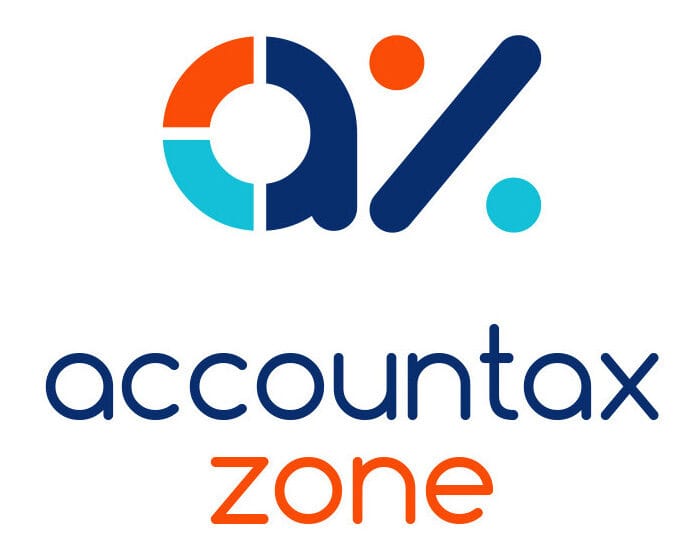The VAT flat rate scheme is a simplified scheme for smaller VAT-registered businesses. While using the scheme will save work, this may come at a cost if the amount of VAT paid to HMRC under the scheme is more than would be payable if traditional VAT accounting is used. This will depend on the actual VAT charged and incurred, the flat rate percentage for the trader’s business sector and whether the trader is a limited cost trader.
Eligible traders
A trader can use the flat rate scheme if they are registered for VAT or eligible to be registered and their annual turnover excluding VAT is not more than £150,000. Once within the scheme, a trader can remain in it as long as their annual turnover does not exceed £230,000. However, if turnover exceeds this limit temporarily, HMRC may allow the trader to remain in the scheme if they are satisfied that the trader’s turnover in the next 12 months will not exceed £191,500.
Traders using another VAT scheme cannot join the flat rate scheme. If a trader leaves the scheme, they cannot rejoin until 12 months have elapsed.
Nature of the scheme
Under the scheme, the trader pays HMRC a fixed percentage of their VAT-inclusive turnover rather than the difference between the VAT they charge on sales and that incurred on expenses. This reduces the amount of record-keeping needed and simplifies the VAT return process.
The flat rate percentage depends on the business sector in which the business operates. The percentages can be found on the Gov.uk website at VAT Flat Rate Scheme.
Special rules apply to traders who meet the definition of a limited-cost business. This is the case where goods cost less than 2% of turnover or less than £1,000 (where costs are more than 2% of turnover). Money spent on services is not taken into account in working out whether a business is a limited-cost business. The calculation is performed for each VAT quarter, so a business may be a limited-cost business in one quarter and not in another.
Where a business is a limited-cost business for a quarter, the VAT payable to HMRC is 16.5% of their VAT-inclusive turnover for that quarter, regardless of the sector they operate in and the flat rate percentage for that sector.
A business receives a 1% discount on its flat rate percentage for the first year of VAT registration.
Example
Alison runs a cattery and uses the flat rate scheme. She has been in the scheme for five years. For the VAT quarter in question, her VAT-inclusive turnover is £32,000. The flat rate percentage for her sector is 12%. The VAT that she must pay over to HMRC is simply 12% of £32,000, i.e.£3,840. She does not need to work out the difference between the VAT that she has charged and that she has incurred in the quarter.
Is it worthwhile?
Although the scheme will save work, it will not necessarily save the trader money, and they may pay more over to HMRC than if they continue to use traditional VAT accounting. This is more likely to be the case where the trader is a limited-cost trader, as the VAT percentage of 16.5% of VAT-inclusive turnover is equivalent to 19.8% of VAT-exclusive turnover, leaving a very narrow margin to recover VAT on purchases. As services are not taken into account in determining whether a business is a limited-cost business, if the trader incurs a lot of VAT on services, the flat rate scheme may leave them out of pocket.
There is no substitute for doing the sums. Before signing up for the scheme, calculate the VAT that would be due using the flat rate percentage that is due under traditional VAT accounting and compare the two. Only then will it be possible to assess whether joining the scheme is worthwhile.
You might also like to read: Using the VAT flat rate scheme
Partner note:










